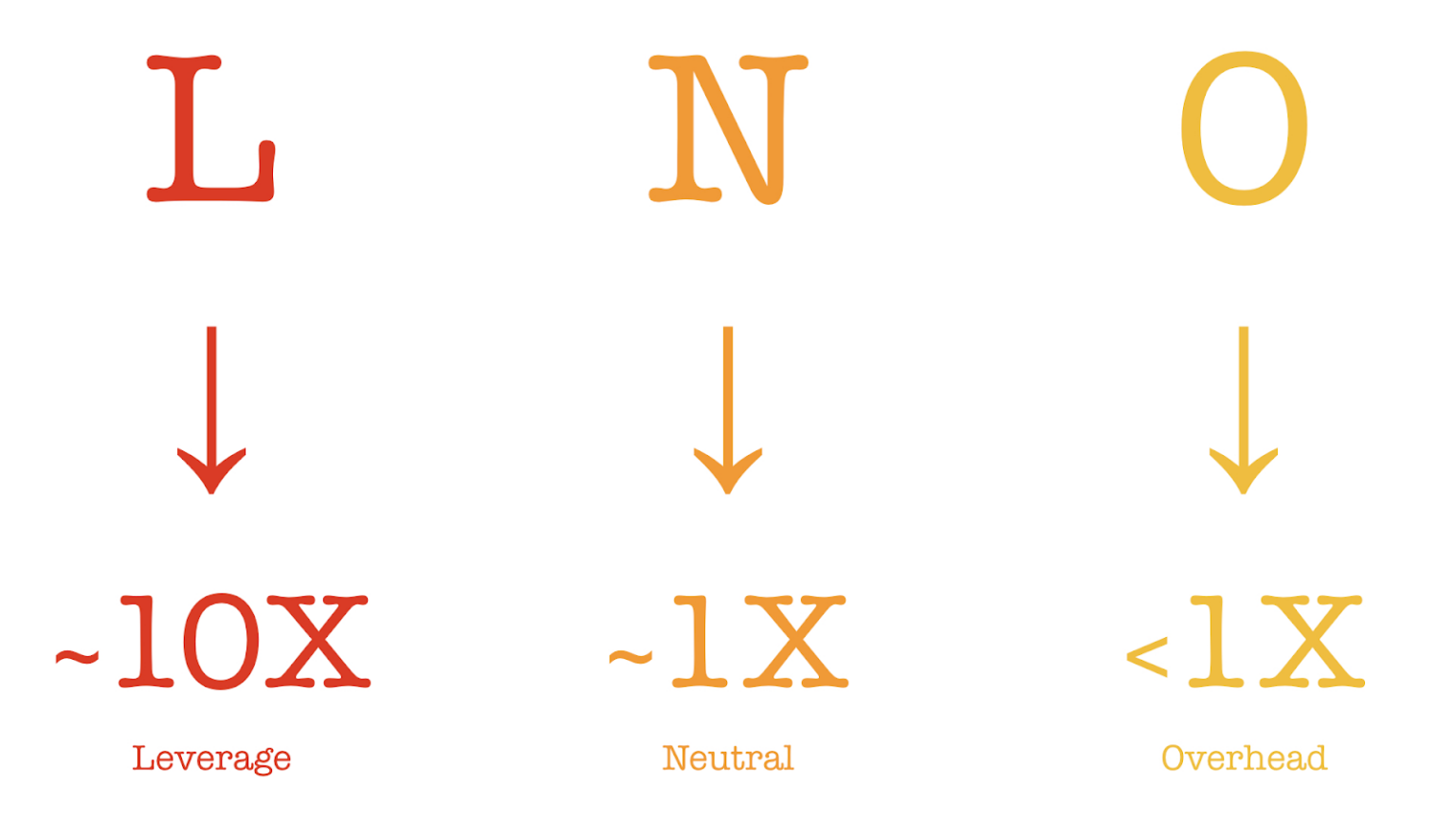Table of Contents
Do you sometimes (always?) find your days being shattered into tiny fragments by a constant drip of communication and distractions? I’ve been there. We all have. And most of us are simultaneously the victims and the perpetrators of the problem.
It’s what Cal Newport calls the “hyperactive hive mind” in his book, A World Without Email.
The symptoms are predictable and easy to identify:
- A constant barrage of messages
- Feeling burnt out at the end of the day with nothing to show for it
- Difficulty focusing on important work when the opportunity finally arises
- A lack of control over your day
- Letting Slack or email guide your day’s activities rather than a prioritized list of projects
It’s not as if we’re intentionally disrespecting each other’s time and attention. Overcommunication—in particular, instant, unstructured, ad hoc communication—often originates from a strong desire to do one’s job well and avoid dropping the ball. Our drive to get things done causes self-sabotage in the form of continuous interruptions.
We believe we’ve found a better way. It’s not perfect, and we’ll likely need to improve it over time as Uproer grows. That said, it’s a big step up from the communication framework we had before (read: nothing).
Below, I’ll walk you through our system for when and how to use Slack and email. Even if our approach isn’t perfect for you, I hope it at least serves as a useful example of how to think more intentionally about internal communication expectations.
The Catalyst for Rethinking Our Internal Comms
As Uproer grew from just a few people to around 10, we started noticing our Slack messages scaling along with the size of the company.
At our peak, we were sending between 250 and 500 Slack messages per day as a company. A larger company might avoid this by having internal communication happen mostly among smaller teams. However, Uproer didn’t (and still doesn’t) have teams, so it’s unsurprising that messages would proliferate as the company grew.
It wasn’t just the volume of messages, though. It was also that we were using Slack in clumsy ways. A common example was letting someone know a deliverable was ready for review. On its face, this sounds harmless enough. In reality, as we’ll discuss, it was just the kind of thing that was causing our days to be increasingly fragmented and our brains to be increasingly frazzled.
So, we set out to build an internal communications framework that would allow us to take some time back while still helping us communicate in an efficient and effective way.
Let’s get into it.
Our Approach for Slack
Slack has been a great tool for our agency. Besides all of the obvious benefits of Slack, it has helped us create a vibrant company culture since many of our team members either work remotely or in a hybrid capacity.
We have a channel called Cheers for Peers where we give each other props. We also have a “wins” channel where we get to share wins big and small from our client engagements. Overall, it’s an extremely useful tool. But like all tools, it can easily be misused.
How Slack Can Backfire
Slack makes it easy to communicate. We’ve found that the almost complete lack of friction can easily lead to a couple of problems:
- Too much communication
- Too much of the wrong kinds of communication
Too Much Communication
While we generally think it’s better to overcommunicate than under-communicate, there’s certainly such a thing as getting too many Slack messages. The problem here is really the onslaught of notifications more than anything else.
Too Much of the Wrong Kinds of Communication
Slack can quickly become the default form of communication for everything—even things that should be left to other channels. We found we were using Slack for communication that just shouldn’t happen in the form of an ephemeral instant message.
Examples:
- Project tracking and status updates: Admittedly, there’s some nuance here. There are times when a simple Slack message is the best way to let someone know a project is progressing or is ready to review. But big, ongoing projects are better tracked and communicated about in dedicated project management tools. This way, status updates, comments, etc. remain visible for participants and don’t get lost in a sea of messages.
- Big decisions or updates, especially those requiring feedback: In our opinion, anything of significance shouldn’t be left to Slack. Messages are simply too easy to lose track of. An easy heuristic here is if your message contains paragraphs of text. If it requires that much context, there’s a good chance it’s better off in email form.
Enter the L-N-O Decision-Making Framework
We first came across the L-N-O framework in a Twitter thread by Shreyas Doshi. We’re always suckers for new ways to manage our time and energy, so we immediately started implementing the framework into our time block planning.
The basic breakdown of the L-N-O framework is this: there are high-leverage tasks, neutral tasks, and overhead tasks. You should plan and prioritize tasks based on where they lie on the L-N-O spectrum.
For example, you’d want to schedule time to work on high-leverage tasks when you’re at your most focused and energized. Overhead tasks, on the other hand, can be sprinkled in whenever you have time and should command little of your cognitive energy.
It’s been a useful heuristic that became especially important when we began trialing our four-day work week (now known as “Offline Fridays”).
But it became apparent to us as we were rethinking our internal communications that we could also use the L-N-O framework as a decision-making guide for when to use Slack vs. email. Much like there are leverage, neutral, and overhead tasks, there are also high-leverage communication, neutral communication, and overhead communication.

Image credit: Shreyas Doshi on Twitter
Here’s how we apply the framework:
- Leverage: Responding to my message will definitely take focus and time.
- Send an email or use Asana!
- Example: "Can you review this presentation and provide feedback by Wednesday?"
- Neutral: Responding to my message will take at least some focus and time.
- Decide what's best under the circumstances
- Things to consider:
- How quickly do I need a response?
- How busy is the recipient today? (Check their calendar)
- Overhead: Responding to my message will take almost no focus or time.
- Send a slack!
- Example: "Can we push back our meeting by 30 minutes?"
The goal of using this simple framework is not to reduce useful communication. Rather, it's to make sure we’re using the right tools for the right kinds of communication and to cut down on extraneous back-and-forth while we’re at it.
The Results
When we got intentional about our internal communication, we noticed a steep decline in ad hoc Slack messages and a general feeling of greater focus in our days. We felt less fragmented and had greater clarity on how we should communicate important information without distracting each other.
These changes weren’t just subjective. Looking at our Slack analytics, we could see messages clearly trending downward after the implementation of our new system.
Key Takeaways
Slack, email, and all of our other communication tools are just that: tools. With the proper guardrails in place, they make our working lives vastly easier and more productive.
On the other hand, when we simply freestyle it and let internal comms go unchecked, distractions threaten to dramatically decrease our ability to do important, high-leverage work. Our days become more fragmented, our attention spans atrophy, and our subjective well-being wanes.
Our system won’t work for everyone. Like most workplace efforts, intentionality is the key. Whether you adopt a version of the above or something else, we’d encourage everyone who doesn’t yet have a system in place to think about how their internal communication could be made more efficient and less distracting. The long-term payoff is worth the initial effort.
Hire an Agency that's Focused on Doing the Work, Not Talking About the Work
We're intentional about our internal communication because it helps us do more of what matters and less of what doesn't. We'd rather spend more time doing high-leverage work for our clients and less time talking about the work using ad hoc communication over Slack or sitting in unnecessary meetings. If you're interested in working with an outcome-driven team who values efficiency and results over "hustle," we'd love to hear from you!

